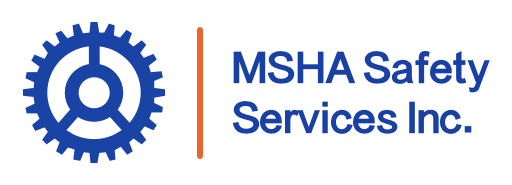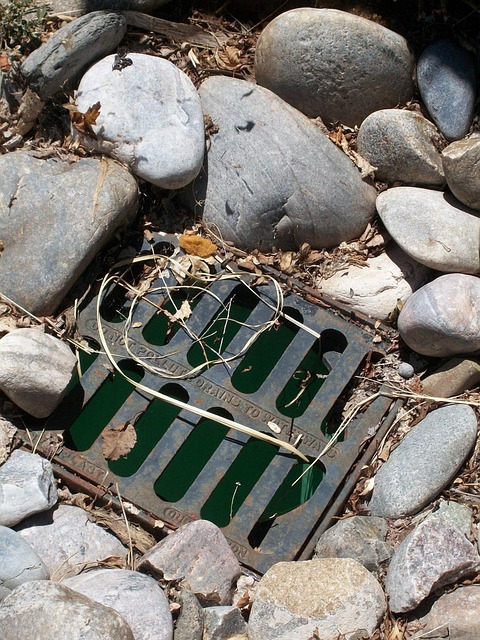A well-maintained drainage system plays a key role in water management and helps keep mining slopes stable. Without proper drainage, mining operations face not only delays and inefficiencies but also safety risks. Poor drainage can lead to environmental issues, operational disruptions, and even catastrophic failures, such as landslides or slope collapses. In this article, we’ll dive into why monitoring and maintaining drainage systems in mining areas is so important. We’ll look at how water management ties into slope stability, discuss the challenges of drainage systems, and explore both practical solutions and emerging technologies. Ultimately, effective drainage management is key to safer, more sustainable mining operations.
What is the Drainage System in Mining?
In mining, a drainage system refers to a network designed to manage water flow around and within a mining site. These systems include channels, pumps, and water treatment tools that prevent water from accumulating and compromising the operation. By controlling water, these systems help mitigate risks such as flooding, erosion, and contamination of groundwater, which can impact both safety and environmental compliance.
Key Components of Drainage Systems in Mining
A good drainage system in mining includes several critical parts:
- Surface Water Management: This includes diversion channels, drainage ditches, and retention ponds to control runoff.
- Subsurface Drainage: Boreholes, sumps, and dewatering wells help manage water that seeps into the ground.
- Pumping Systems: These are used to pump out excess water from mine shafts and pits.
- Treatment Facilities: These facilities treat water before it’s discharged or reused to ensure it’s safe.
- Monitoring Equipment: Sensors and automated systems that track water levels, flow rates, and water quality are essential for ongoing management.
Acid Mine Drainage: Challenges and Solutions for Effective Water Management
One major challenge in mining is Acid Mine Drainage (AMD), which occurs when sulfide minerals in the rock oxidize and create acidic water. AMD can seriously damage the environment by contaminating local water sources and harming aquatic life.
Solutions to Combat AMD:
- Limestone Treatment: Adding limestone to the water neutralizes its acidity.
- Constructed Wetlands: These natural filtration systems help remove contaminants from water.
- Bioreactors: These use microorganisms to break down acidic water.
- Monitoring and Early Detection: Real-time data helps mining operators take proactive measures to manage AMD.
How Water Drainage Affects Slope Stability in Mining Operations
Water infiltration can weaken soil and rock, increasing the likelihood of landslides or mine collapses. Poor drainage leads to:
- Reduced Bearing Capacity: When soil gets waterlogged, it can no longer support the weight of mining equipment.
- Erosion and Washouts: Uncontrolled water runoff can erode slopes, destabilizing the ground.
- Sudden Failures: Excessive water accumulation can quickly trigger slope failures.
To reduce these risks, proper drainage design, regular inspections, and slope stabilization methods, such as geotextiles and retaining walls, are essential.
Effects of Mine Drainage on the Environment and Operations
When drainage systems aren’t managed well, they can cause significant environmental and operational issues:
- Water Contamination: Poorly treated runoff can introduce heavy metals and other harmful substances into nearby water sources.
- Habitat Destruction: Improper drainage can harm local ecosystems and wildlife.
- Regulatory Violations: Failure to meet environmental standards can result in fines or even shutdowns.
- Operational Delays: Excess water can slow down mining activities and damage equipment, causing costly delays.
Key Challenges in Maintaining Effective Drainage Systems in Mining
Mining companies face several challenges when it comes to keeping drainage systems in good working order:
- Extreme Weather: Heavy rain or drought can upset the balance of drainage systems.
- Aging Infrastructure: Older systems often require more repairs and upgrades to stay functional.
- High Maintenance Costs: Maintaining drainage systems is expensive, but it’s necessary to avoid major failures.
- Regulatory Compliance: Ensuring compliance with environmental and safety regulations requires constant monitoring and documentation.
Best Practices for Routine Drainage System Maintenance
To keep drainage systems working efficiently, mining operations should adopt these best practices:
- Regular Inspections: Scheduled checks help catch blockages or issues early on.
- Preventative Maintenance: Cleaning channels, fixing pumps, and replacing worn-out components before they fail is key.
- Emergency Preparedness: Have a plan in place for flood management and unexpected drainage issues.
- Employee Training: Ensure workers are trained in proper drainage maintenance and know what to do in emergencies.
Monitoring Technologies for Drainage Systems
New technologies are revolutionizing how drainage systems are monitored. Some of the latest tools include:
- Remote Sensing and Drones: These provide aerial views of drainage infrastructure and can spot problem areas.
- IoT Sensors: Sensors track water levels, pH, and contamination in real-time.
- Automated Pumps and Valves: These adjust drainage in real-time, improving efficiency.

Regulatory Requirements for Drainage Maintenance in Mining Areas
Mining companies must ensure their drainage systems comply with a range of regulations to avoid legal consequences. These include:
- Water Discharge Permits: Ensuring discharged water meets safety standards.
- Environmental Impact Assessments (EIAs): Required for new mining projects to assess the impact on water drainage.
- Compliance Reporting: Regularly documenting water quality and maintenance activities is essential.
- Rehabilitation Plans: Mining companies must have strategies in place to restore ecosystems after operations end.
Ensuring Sustainable Drainage System Maintenance for Safer Mining Operations
Maintaining and monitoring drainage systems in mining areas is critical for operational success, environmental health, and worker safety. By following best practices, adopting new technologies, and meeting regulatory requirements, mining companies can reduce risks and ensure sustainable, efficient operations. Effective drainage management not only helps avoid disasters but also contributes to the long-term viability of mining activities.

